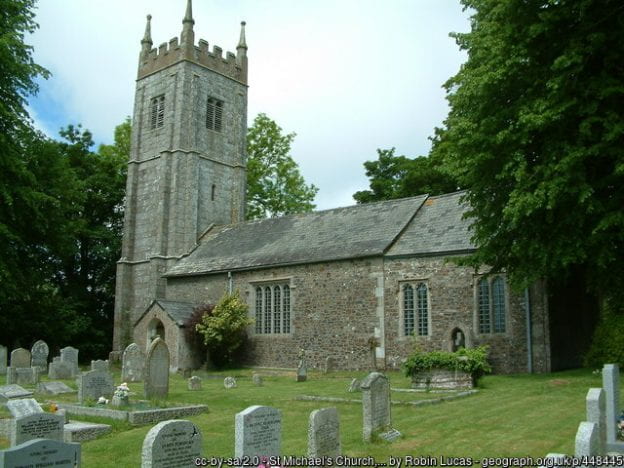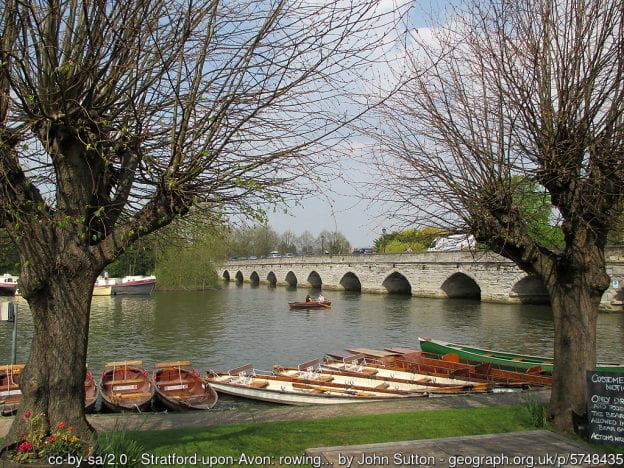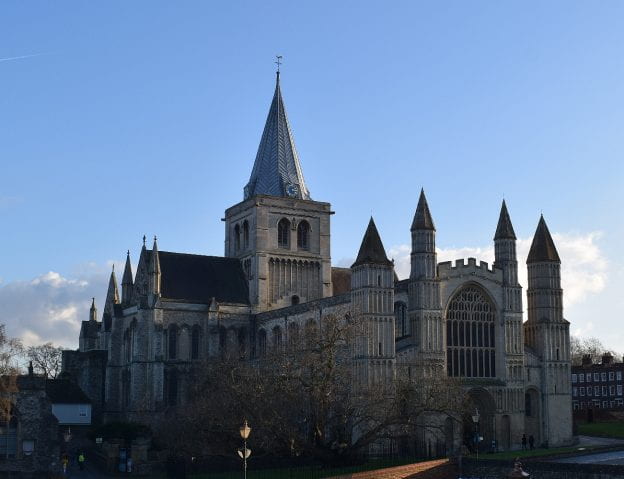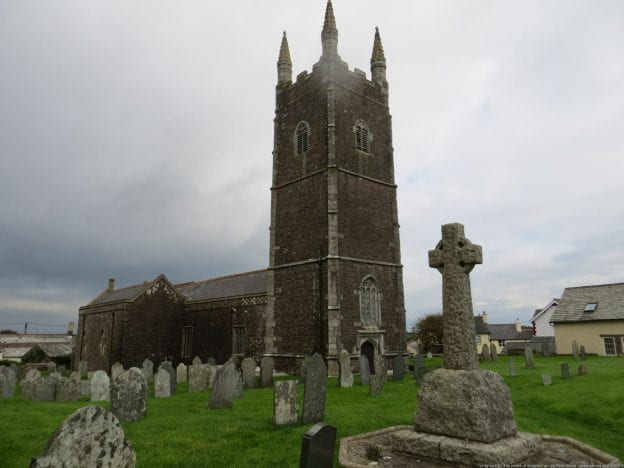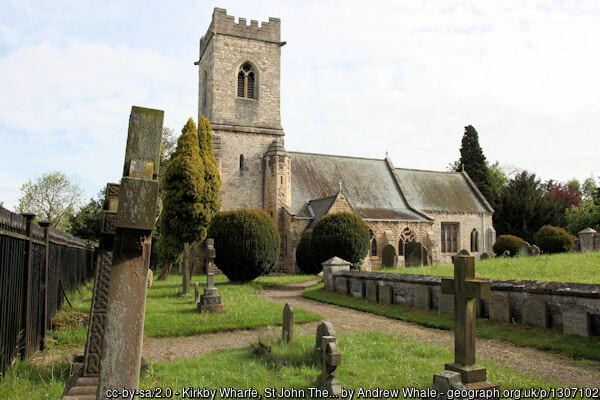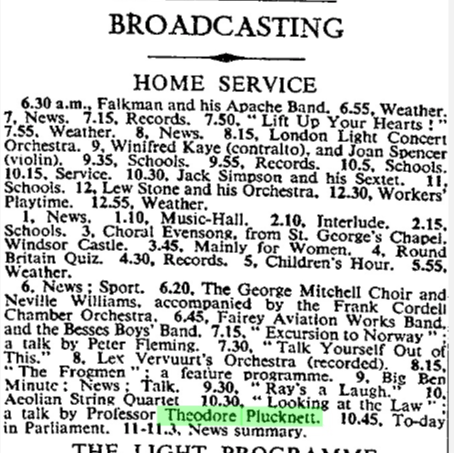When I started this blog, I meant to use it to note down the latest publications in legal history, rather than being all ‘me, me, me and my work’ – didn’t last, did it? Well, it feels like time to go back to that original plan a little, and, with that in mind, here is a quick note of an article in the recently published American Journal of Legal History (53:4, December 2023) which interested/filled in some gaps for me.
This one: Charles S Bullock, The Abolition of the Right to Trial by Jury in Civil Cases in England, American Journal of Legal History, Volume 63, Issue 4, December 2023, Pages 281–299, covers that period I always think of as rather ‘betwixt and between’ for legal history: the late 19th and early 20th C. Having learned in a law school atmosphere in which Land Law textbooks might well begin a chapter, ‘Now, since 1925 ….’ as if that was recent, and in the territory of ‘just law’ rather than legal history, it was never quite ‘other’ enough to be historicised. The owl of Minerva had not flown etc. Those wings have now flapped, however, and it is high time that more attention was paid to this era. I was glad, therefore, to see it.
I knew, of course, that there had been a great decline in civil jury availability, and there have been some other accounts, often focusing on the 19th C, but I found this a useful overall view of a classic English common law system process of change (don’t actually abolish things outright, just discourage incrementally and provide the circumstances for them to wither away …).
It gives some interesting insights into the attitudes of those seeking and opposing abolition/reduction of the use of juries in this context. There is certainly a fair amount of snotty putting down of the ‘lower orders’ to be seen in the comments of the legal profession’s views of ‘lay’ participation. And there is some material here on the way in which the struggle for women’s full participation in civil society influenced views on civil juries (see pp. 295-6). It is, of course, an essential part of thinking about juries and their history to factor in their exclusive nature. Though sometimes condemned for including too great a proportion of the population in difficult, technical, proceedings which were far too hard for their little heads to cope with, it does need to be remembered (and, depressingly often, is not) that the jury was, for most of its existence, an exclusively male body, with added ‘Keep Out’ notices for other undesirables. On the subject of women and the civil jury, we should note that the history was very short, with women admitted only in the last few years of the civil jury as anything other than an occasional oddity.
(Two more, slightly disconnected comments:
- See the side-splitting example of legal humour in footnote 39. For those of us who like a weak legal joke, worth a look.
- Interesting example of the perils of the sweeping statement without evidence – at p. 295, the author notes a mistake by Roscoe Pound, dean of Harvard Law School, published by the Law Times (which, surely should have known better?) in 1928. Pound had announced the near-extinction in England of the civil jury, ‘despite the fact that upwards of 35 per cent of civil trials in the King’s Bench were by jury in that year’. A clear warning that academics should do their homework, and that periodicals should not be over-awed by ‘great men’?)
GS
International Women’s Day, 8/3/2024
Also in the latest AJLH is one I will use in future teaching on the history of marriage and divorce, and particularly the changes in the mid-19th century: Penelope Russell, ‘Brave New World? Care and Custody of Children at the Court for Divorce and Matrimonial Causes in Mid-Victorian England’, American Journal of Legal History, Volume 63, Issue 4, December 2023, Pages 300–322.
I confess that child custody has often been a bit of an afterthought in the section of my Legal History unit on marriage and divorce, mostly for reasons of time, but also for reasons of my own period of research interest – medieval ‘child custody’ disputes were rather different in nature, and, obviously, in a world without divorce as we know it, there was nothing analogous to the legal regime which was being developed in the 19th C. Anyway, this article makes it clear that child custody was a bit of an afterthought in the Divorce and Matrimonial Causes Act 1857 as well – so I am no worse than a Victorian legislator …
It gives the findings of a well-thought-out study of the working of the very broadly drafted child custody order powers of the new Divorce Court, focusing on the first two years of the court’s operation, and tracing what actually happened to the families, and children, involved in cases from that period. It was particularly useful to highlight the various factors which told against women wanting to, or attempting to, gain custody of their children, from economic matters, to the court strategies of barristers and the self-imposed restrictions of the new jurisdiction’s judges (especially the ‘innocence rule’, and general lack of emphasis upon the interests of the child.
A point which seems to me to be of interest beyond this particular subject matter is the issue of age. Russell notes at 305 that the relevant provision (s.35) did not give a maximum age for orders of custody, but that 14 seems to have been a limit in practice, in the period examined. It is something to feed into the lively debates about majority for various purposes, which were going on in the 19th century.
Also of interest (and, I confess, unknown to me before reading this) is the point made at p. 314, that there was not, initially, a way of varying a custody order once made, so that there was some fear that circumstances might change, but custody would remain where it was awarded, once and for all. This had to be amended in 1859, but it is a strong indication of this aspect of the legislation being a bit of an afterthought.
Finally, and living down to my usual standards of triviality, I will note another new nugget – the article introduced me to the intriguing occupational description of a woman as a ‘professional rubber (p. 311)’. Slightly disappointingly, It’s nothing to do with memorial brasses, nor massage (my two best guesses).
GS
9/3/2024
Another ‘recent read’ this month, which was noted on Twitter/X and which I have just read for some inspiration for my last, ‘round-up and suggestions for further reflection’ lecture for my undergraduate Legal History unit was this ‘forthcoming’ piece:
Michael L. Smith, ‘History as Precedent: Common Law Reasoning in Historical Investigation’, University of Pennsylvania Journal of Constitutional Law 27 (Forthcoming 2025) SSRN-id4751819.pdf
The context is the US Supreme Court’s use of history, in its constitutional jurisprudence. Now, clearly, US constitutional cases have particular reasons and needs to consider history which are not present in quite the same way in the English/Welsh context, and I certainly have absolutely no claim to expertise in US constitutional law, but, even so, it seemed worth a look, first, because I am always happy to broaden my horizons, and, secondly, because I thought it would be interesting to see how these US discussions might possibly have some application or relevance to the problems I have seen in the ways in which modern E/W lawyers use older authorities.
The main point is a consideration of the questionable ways in which the US Supreme Court uses history, whether it favours an ‘originalist’ or ‘traditionalist’ stance on constitutional interpretation, and, in particular, a nice contrast is drawn between the relatively predictable and rule-based use of precedent and the much less confined and less consistent use of historical evidence. Those of us of a medievalist bent will have followed the dubious use of medieval sources and ‘history’ in the Dobbs abortion case, but this puts that in a useful, wider context. The case studies chosen (closest attention being paid to gun law and abortion cases) show the playing down of evidence contrary to the favoured result, and the narrowing of questions to be investigated historically, when that suits a particular outcome.
A particularly nice contrast is drawn at p. 25, between the handling of historical evidence in, on the one hand, Dobbs v. Jackson Women’s Health Organization 597 U.S. 215, 242 (2022) and, on the other hand, the gun control case of New York State Rifle & Pistol. Assoc., Inc. v. Bruen, 597 U.S. 1, 40-41 (2022), noting that, in Bruen ‘six Justices had signed a majority opinion questioning the relevance of medieval-era restrictions to determining the scope of Second Amendment protections’, while, a day later, in Dobbs, ‘Five of those Justices then signed onto the Dobbs majority opinion, which began its historical analysis of the scope of abortion rights and restrictions with “[t]he ‘eminent common-law authorities (Blackstone, Coke, Hale and the like),’” along with other treatises dating back as far as the 13th century’. If a non-US-expert’s view is of any account, that seems rather a good point.
Not all of it is directly applicable to the England/Wales context, but it is certainly true here as well that ‘most legal actors … lack the expertise, resources, and incentives necessary for rigorous historical analysis, increasing the probability of mistaken conclusions’. This is something which has been obvious from my work in Land Law in particular, and is not confined to history, seen as something apart from the law, but also to the use of older legal cases themselves (I have a project on this ‘on the go’ at the moment, if I might just trail that!).
How to improve things? Smith suggests, for the US problem, either the development of rules for the use of historical evidence ‘including rules for sufficiency of evidence, relevance, and persuasive value’, or else ‘taking history seriously’ and coming up with ways to foster ‘more rigorous analysis, using discovery mechanisms, expert testimony [perhaps court-appointed experts – he suggests later] and cross-examination, and a recognition of complexity’. In some ways, coming up with some sort of check on the proper use and interpretation of older legal materials in the E/W context would be simpler – we could go with expert testimony of some sort, or perhaps just train judges in how to handle these things rather better. What would be the outcome of taking history, and skills around the use of older legal sources, more seriously in this way? Well, my prediction would be that a lot of the expertise would point lawyers away from the nice crisp yes/no, black/white answer they probably want, and would introduce qualification and nuance which they might find tiresome. It might, however, at least be a useful check on over-claims for older materials, as support for modern positions. As Smith notes at 58, ‘Taking history seriously requires a frank recognition of historical complexity, institutional limitations, and the limitations of historical fact for modern disputes’. The same is true for the use of older law reports in the English/Welsh context.
And may I just put out there the fact that I am available, should a National Legal History Service be set up to deal with all of this. Could be a vote-winner, surely, in the next UK elections ….
GS
17/3/2024
Image: Photo by Sincerely Media on Unsplash – ‘reading’, innit?
